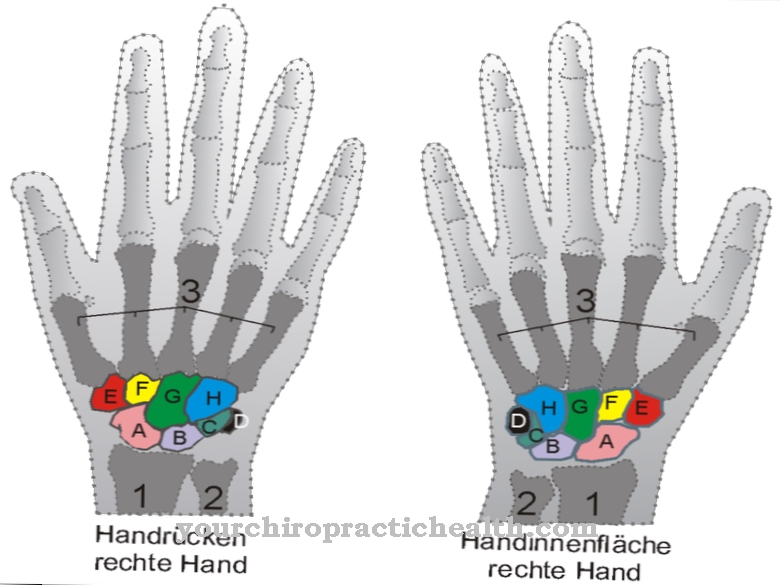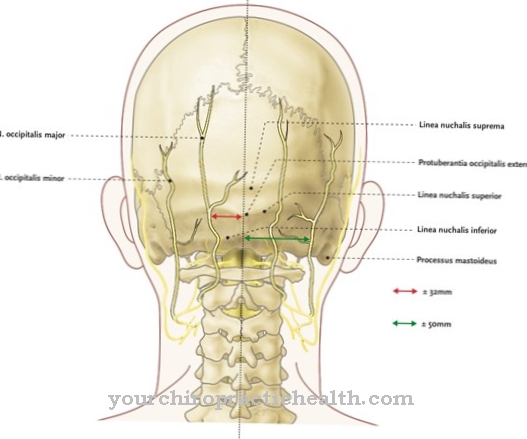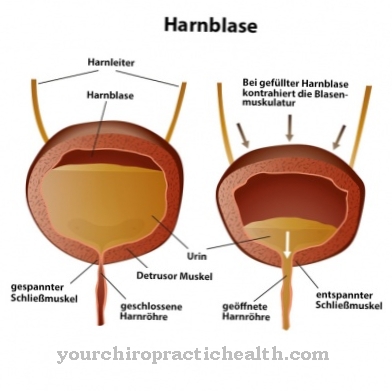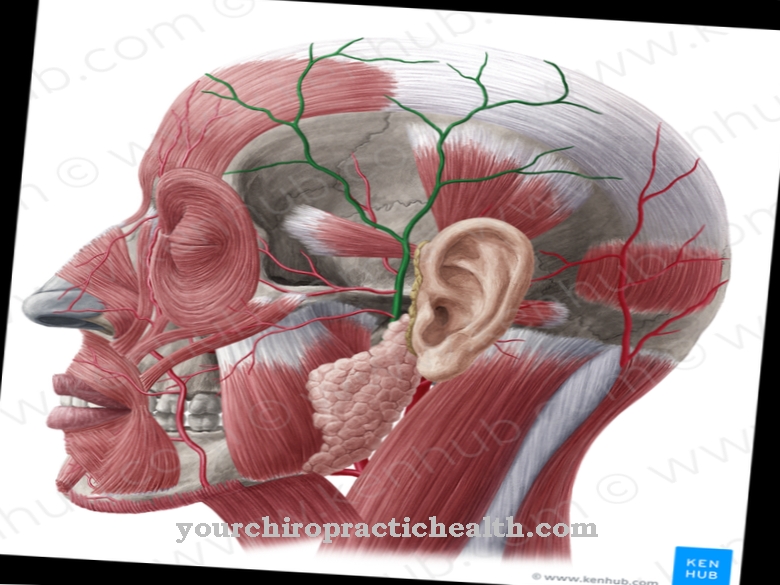Every human and animal cell is made of a semipermeable one membrane enveloped. It protects the inside of the cell against harmful external influences, and it is responsible for the necessary exchange of substances from the outside to the inside and from the inside to the outside. In a third function, the membrane takes over the communication between the cells, provided that the cell is within a cell network.
What is a cell membrane?
The Cell membrane encloses every human and animal cell and separates it from other cells or from the extracellular space. It must be selectively permeable in both directions in order to allow the required substances into the cell or to transport degradation products out of the cell interior. If the cell is located within a cell assembly, the membrane must be able to enter into a kind of mechanical connection with the membrane of the neighboring cell in order to give the cell assembly the necessary strength.
In addition, the membrane must be able to communicate with the attached neighboring cells. It must be able to pass on "messages" from its cell to its neighboring cells as quickly as possible in a kind of intercellular communication or to receive a message from the neighboring cells and pass it on to its own cell. So that the cell is not attacked by the body's own defenses via an autoimmune reaction, the membrane on the side facing the extracellular space must have features that identify it to the immune system as an endogenous cell.
Anatomy & structure
The cell membrane is made up of a double layer of lipids and is only 6 to 10 nanometers thick. The lipophilic groups of the two lipid layers face each other and thus form an insurmountable hydrophobic barrier for aqueous liquids. The lipids of the outer layer are partially glycolized, saccharides can be attached and combined with the lipids to form glycolipids.
The cell membranes are interspersed with so-called membrane proteins that perform a variety of tasks. Glycoproteins are deposited on the outward-facing surface of the membrane, which, among other things, serve to identify the cell to the immune system as the body's own. Other proteins (integral proteins) penetrate the cell membrane and are connected to the extracellular and intracellular space.
Another important structure are the so-called ion channels, which are formed by channel proteins and enable certain exchange of substances. Especially for the exchange with water to overcome the hydrophobic barrier between the two lipid layers of the cell membrane, so-called water channels (aquaporins) are available, which function roughly analogously to the ion channels.
Function & tasks
The cell membrane separates the inside of the cell from the outside space or from other cells and protects the cell nucleus, the organelles, the cytoplasm and other parts of the cell. Despite its semi-permeability, the membrane can separate the aqueous liquid inside the cell from the aqueous liquid outside the cell - even at different osmotic pressures.
Another function and task is the selective exchange of substances between the cell interior and the extracellular space. The cell membrane has three different options for this:
- The first possibility is to use an osmotic gradient.
- The second option is to use the ion and water channels that have formed in the cell membrane. Ions can be transported through various channels along an electrical voltage gradient.
- However, there is also the option of using so-called transport proteins to pass ions through with the expenditure of energy against the electrical voltage gradient or electrically neutral molecules.
The substance transport via the ion channels works in both directions. For the exchange with macromolecules, which cannot be transported via osmosis or ion channels, the cell membrane can form protuberances that envelop the macromolecules and then transport them through the cell membrane into the cell interior. Communication with one another is important for cells that are not directly connected to nerves.
Special proteins are responsible for this, which are anchored in the cell membrane and are connected to both the intracellular and the extracellular space (transmembrane proteins) so that information can be exchanged in both directions. The exchange of information in the broader sense also means that the cell membrane signals to the immune system by means of docked peripheral proteins that it is an endogenous cell that must not be attacked.
Illnesses & ailments
The regular course of the two basic functions of mass transfer and signal conduction of a cell membrane formed the prerequisite for the emergence of higher life. The effects can be correspondingly serious if only one basic function of the cell membrane is disturbed. Autoimmune diseases that are triggered by a misdirected immune system can be caused by a malfunction of the cell membranes of the affected tissue.
If the docked membrane proteins fail, the immune system may classify the cells not as their own tissue but as foreign tissue and initiate appropriate attacks. The autoimmune disease antiphospholipid syndrome (APS) changes the composition of the cell membranes of red blood cells (erythrocytes) because the immune system destroys the membrane proteins associated with phospholipids.
This strongly promotes coagulation, which leads to an increased incidence of thromboses, strokes, heart attacks and pulmonary embolisms. Disturbed intercellular communication can also lead to serious consequences. If, for example, transmembrane proteins transmit a "death command" to neighboring cancer cells, which is supposed to trigger their spontaneous cell death (apoptosis), and are not absorbed by the cancer cell due to a disruption in the communication mechanism, this means that the tumor cells can develop unhindered.
Amyloid deposits in the brains of Alzheimer's patients are most likely caused by the fact that a certain membrane protein is broken down by the enzyme beta-secretase and thus rendered physiologically ineffective. This means that the disease is caused by a malfunction in the cell membrane.
Doctors & therapists in your area
























.jpg)



